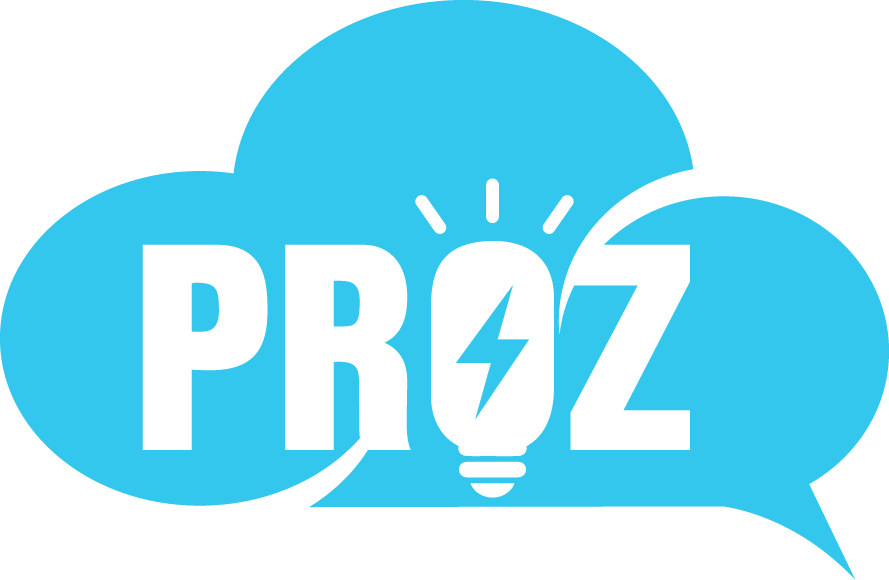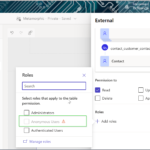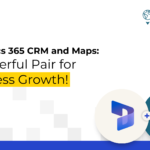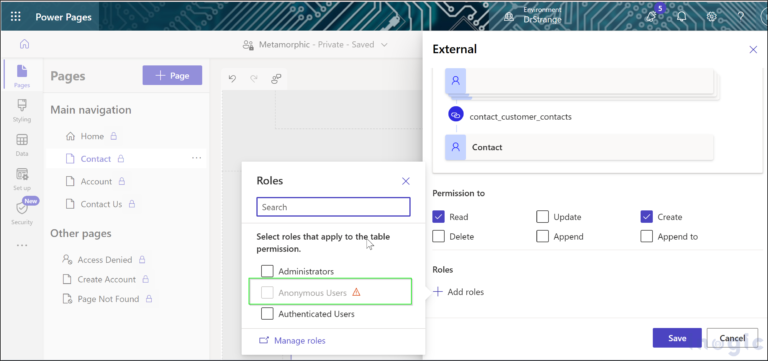It’s the time of year when we reflect on the past year and look ahead. There are signals showing us what design trends are coming – from the most attended Dreamforce sessions to the design discussions on LinkedIn and Trailhead design groups.
What we’re noticing is that whether you’re a developer, admin, architect, or business leader, design will matter more than ever. This art of creative problem-solving and science of usability are necessary in the age of AI.
However, how we think about – and even define – design is shifting.
Discover the next generation of Einstein
Bring conversational AI to any workflow, user, department, and industry.


The four design trends driving change
Let these design trends guide your approach to designing for and navigating this moment.
1. Treat AI as a new class of user
Today, Trailblazers apply their Salesforce User Experience (UX) Designer certification to thoughtfully crafting these customer journeys for human users. Yet the age of autonomous agents is on the horizon. Designers will need to consider robust user scenarios as AI evolves and define clear boundaries for using and collaborating with technology. As mentioned in “3 Tips for Trusted AI Experiences“: Think of AI as a new class of users, with jobs to do and requirements for how to do them. Increasingly, it will be about AI’s customer journey and UX designers can lead that charge. While we’re all still learning about the power – and the potential harm – of AI, we need to remember some fundamental truths. Usability requires good design and good design requires clear communication from human to human, human to AI, and AI to AI.
Today, the way we communicate with AI is through prompts. Writing effective ones will be a key part of the human-to-computer interaction. According to the “7 Tips for Getting Started with Prompt Design” session (live on Salesforce+), a few considerations increase the likelihood of an accurate response. For one, giving examples or references helps ground the model. There’s a difference between “a bridge” and “a bridge like the Golden Gate Bridge.” Make it more specific with details (e.g., a Golden Gate bridge with cars on it on a sunny day). The order you enter the words in matters, because the words that appear first have more weighting. By designing prompts with context, supporting examples, and parameters, the response improves.
As things evolve, AI is both a user and a tool.
Get articles selected just for you, in your inbox
2. Understand how AI tools accelerate discovery
Discovery is the first step in the design process, informing subsequent phases of work. AI can reduce the time it takes to research and review materials, and help define the problem. Much of this work requires tedious hours of sorting, summarizing, categorizing, documenting, and visualizing.
Tools such as ChatGPT can analyze sentiment and identify valuable quotes from qualitative research transcripts. A Python script over an Einstein API can process metrics into a spreadsheet. If image creation helps your discovery research or results, you can create visuals that render in a brand’s style with tools such as Midjourney, Firefly, or ControlNet. ChatGPT can even help create persona stories and quick-start user journeys.
There’s a way to adopt AI for many team processes and styles. It all starts with a willingness to experiment. As designers test what’s possible, it’s important to keep accessibility top of mind from the start.
3. Accessibility and inclusion are non-negotiable
Accessibility issues and bias can become exponentially worse with AI. So, it’s essential to address them from the start. Design ethics and legal compliance are both driving a bigger conversation around accessibility. The new Department of Justice rule added clarity to how to meet Title II of the American Disabilities Act (ADA) in an increasingly digital world. While this is meant for public entities, businesses are taking notice. More and more, they expect their digital designs to be Web Content Accessibility Guidelines (WCAG 3.0) friendly.
It saves designers and developers time when accessibility is built into design elements.
That’s why the Salesforce Lightning Design System (SLDS) meets color thresholds such as 4.5:1 for standard text and includes components that are easily read by assistive technology such as screen readers. SLDS guidelines and patterns further support this. The recently launched color accessibility guidelines outline how to meet color contrast requirements whether you’re creating a custom design or using Styling Hooks with CSS properties that make it easy to express your brand.
While CSS has been the domain of developers, designers are starting to get more familiar with code. Oppositely, those who code are incorporating more design, too.
4. Designers and developers are closing the gap
There are signs that these two disciplines continue to come closer together, especially as AI enters the equation. Designers who collaborate with developers better understand how a build happens. Developers who consider design make products not just functional but usable. One promising example of this is the news about the SLDS component library on Figma, the commonly used UI design tool.
Imagine a future where a plug-in will generate code for the UI designs. A user could hit “Convert to Lightning Web Component” and receive the complete file structure including the HTML, CSS, JavaScript, and even the metadata file that can be easily published to a Salesforce instance. This automation wouldn’t just shorten the handoff timing. It would also allow design and engineering to work together.
If these design trends are any indication, 2024 is full of promise.











